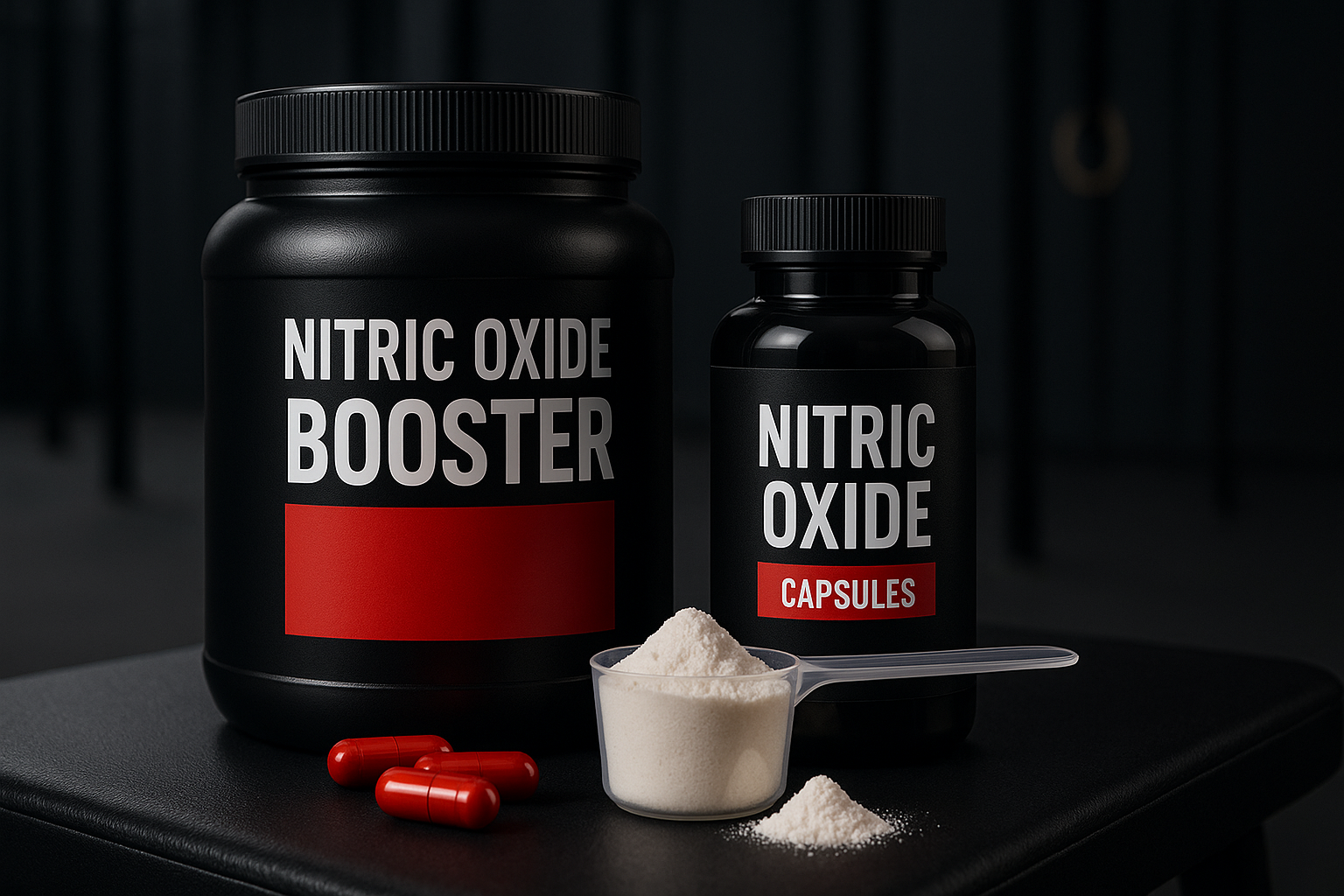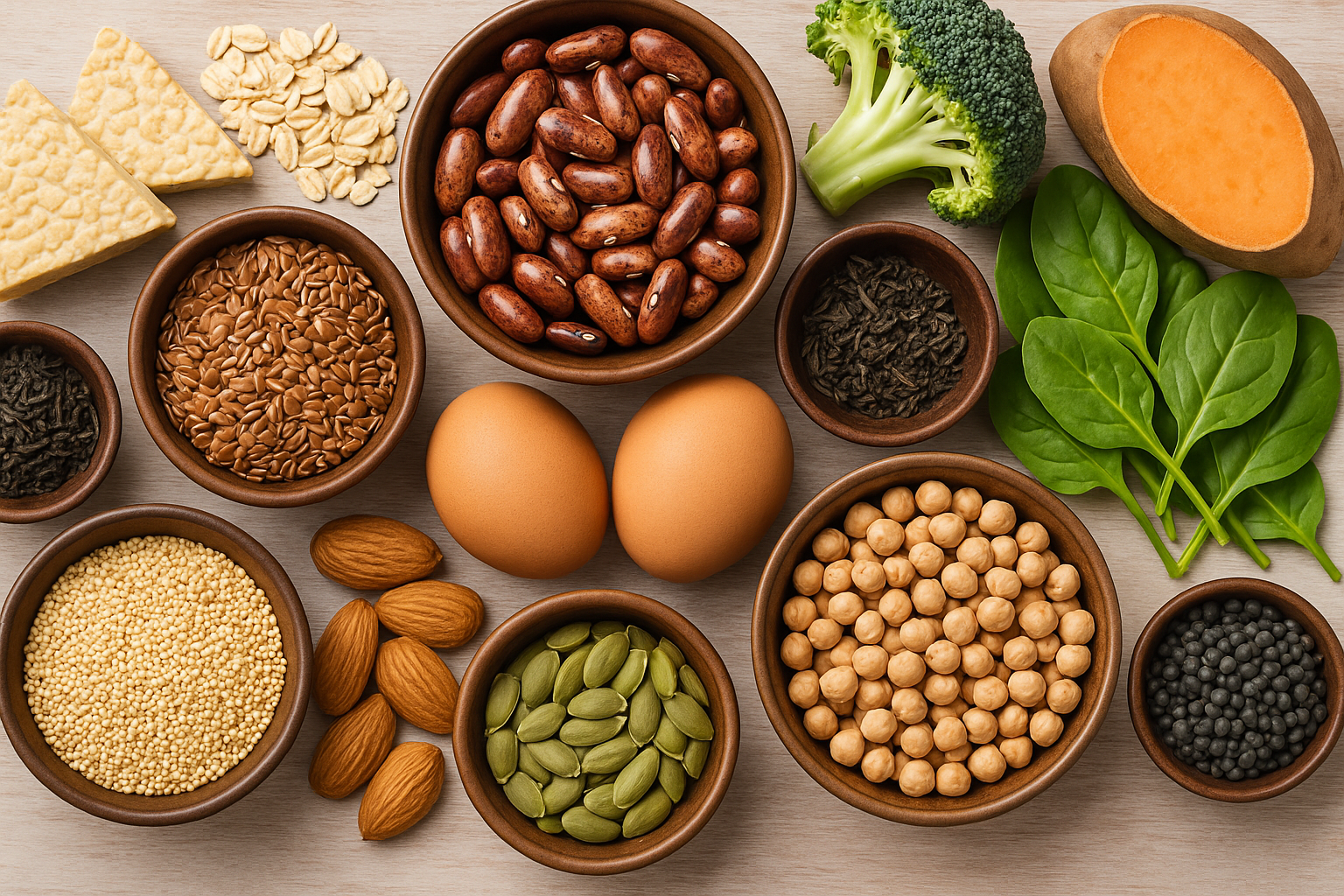In the pursuit of health and fitness, one of the most significant debates centers around muscles vs fat. While both serve crucial roles in the body, understanding why muscle is superior to fat when it comes to overall health, energy, and longevity can empower you to make better lifestyle choices.
From the biological differences between muscle and fat to their impact on hormones like leptin, adiponectin, and insulin, this article delves into the science behind why being lean matters. Let’s unpack the benefits of muscle over fat and why prioritizing lean mass is essential for long-term wellness.
The Composition and Role of Muscle vs Fat
What Is Muscle?
Muscle tissue, primarily composed of protein filaments, facilitates movement, strength, and stability. Muscle is metabolically active, meaning it burns calories even at rest. It is also a key player in glucose downregulation and fat oxidation. Muscle tissue releases myokines, which are anti-inflammatory compounds that enhance metabolic health. Unlike adipokines, myokines promote insulin sensitivity, support fat oxidation, and combat inflammation, reducing the risk of chronic diseases.
What Is Fat?
Fat, or adipose tissue, is composed of adipocytes that store energy in the form of triglycerides. Fat serves as a cushion for organs, insulation for the body, and an energy reserve during times of scarcity. Adipocytes (fat cells) produce hormones like leptin, adiponectin, and others that regulate metabolism and appetite. However, excess fat, especially visceral fat, can lead to chronic health issues like inflammation and insulin resistance.
Key Differences Between Muscle and Fat
| Aspect | Muscle | Fat |
|---|---|---|
| Function | Movement, metabolism, and strength | Energy storage and insulation |
| Metabolic Rate | High (burns calories at rest) | Low (minimal calorie usage) |
| Hormonal Impact | Releases myokines that fight inflammation | Secretes adipokines like resistin, contributing to inflammation |
Muscle and Metabolism: A Natural Boost
Muscle tissue is a dynamic, metabolically active system that plays a pivotal role in energy regulation. Unlike fat, muscle is not just a storage site—it actively consumes energy, even at rest, to maintain essential functions. Building and preserving muscle mass provides numerous metabolic benefits, including:
Muscle Increases Resting Metabolic Rate (RMR)
Muscle is metabolically active tissue that burns calories even when you’re at rest. For every pound of muscle gained, the body burns an additional 6-10 calories per day. In contrast, fat burns approximately 2 calories per pound.
Muscle Improves Insulin Sensitivity
Muscle tissue serves as a glucose reservoir, helping the body regulate blood sugar levels. Regular resistance training improves the ability of muscles to absorb glucose, reducing the risk of insulin resistance and type 2 diabetes.
Muscle Activity Promotes the Activation of Sirtuins
Sirtuins are a group of proteins linked to cellular health and longevity. Exercise-induced muscle activity triggers sirtuins, which enhance mitochondrial function, reduce oxidative stress, and support energy efficiency, contributing to overall metabolic vitality.
These factors make muscles a cornerstone of metabolic health, longevity, and vitality.
Fat and Metabolism: A Complex Relationship
The Role of Adipocytes
Adipocytes expand in size and number when calorie intake exceeds expenditure. This process, called adipogenesis, is critical in maintaining energy balance. However, prolonged excess caloric intake leads to:
- Hypertrophic adipocytes, which are more prone to inflammation.
- Dysfunctional fat tissue that exacerbates metabolic issues.
Hormonal Players: Leptin, Adiponectin, and Resistin
Fat tissue, particularly adipocytes, is not just a passive energy reservoir—it actively secretes hormones that regulate metabolic processes. Among these hormones, leptin, adiponectin, and resistin play crucial and interconnected roles in energy balance, insulin sensitivity, and inflammation.
Leptin: The Satiety Hormone
Leptin is primarily produced by adipocytes and acts as a key regulator of appetite and energy expenditure:
- Normal Function: Leptin signals the brain, particularly the hypothalamus, to reduce hunger when fat stores are sufficient, helping maintain energy balance.
- In Excessive Fat Mass: Chronically elevated leptin levels from excessive fat can lead to leptin resistance, where the brain no longer responds effectively to leptin’s signals. This results in unregulated appetite, overeating, and further fat accumulation.
Adiponectin: The Anti-Inflammatory Hormone
Adiponectin is another hormone secreted by adipocytes, with significant anti-inflammatory and insulin-sensitizing properties:
- Normal Function:
- Enhances fatty acid oxidation in muscles.
- Improves insulin sensitivity by promoting glucose uptake in tissues.
- Reduces systemic inflammation.
- In Excessive Fat Mass:
Adiponectin levels decrease as fat mass increases, reducing its protective effects. Low adiponectin is linked to insulin resistance, type 2 diabetes, and cardiovascular diseases.
Resistin: The Insulin Resistance Hormone
Resistin, named for its role in “resisting” insulin action, is another key hormone produced by adipocytes, especially in the presence of visceral fat:
- Normal Function: Resistin was initially identified for its role in regulating glucose metabolism. It is also involved in the immune response.
- In Excessive Fat Mass:
- Resistin levels rise in obesity and excessive fat mass.
- It impairs insulin sensitivity in peripheral tissues, worsening insulin resistance.
- Resistin promotes the secretion of pro-inflammatory cytokines such as TNF-α and IL-6, contributing to chronic inflammation and metabolic dysregulation.
Inflammation and Fat Tissue
Visceral fat, which surrounds internal organs, is metabolically active and produces pro-inflammatory cytokines like TNF-α and IL-6. These compounds:
- Interfere with insulin signaling pathways.
- Increase the risk of arterial plaque formation.
Understanding the Types of Fat: Ectopic, Visceral, and Subcutaneous Fat
Not all fat in the body behaves the same way. While fat serves essential functions like energy storage and protection, its location and type significantly affect its impact on health. The three main types of fat—ectopic fat, visceral fat, and subcutaneous fat—differ in their roles, risks, and implications for metabolic health.
1. Subcutaneous Fat
Subcutaneous fat is the fat stored just beneath the skin. It is the most visible type of fat and tends to accumulate around the thighs, hips, buttocks, and abdomen.
- Functions:
- Acts as a protective cushion for the body.
- Provides insulation to regulate body temperature.
- Serves as an energy reserve.
- Health Implications:
Subcutaneous fat is generally less harmful than visceral or ectopic fat. In moderate amounts, it is not strongly associated with chronic diseases. However, excessive subcutaneous fat, especially around the abdomen, may indicate an overall imbalance in body fat levels.
2. Visceral Fat
Visceral fat is stored deep within the abdominal cavity, surrounding vital organs such as the liver, pancreas, and intestines.
- Functions:
- Provides short-term energy reserves for organs.
- Acts as padding to protect internal organs during movement.
- Health Implications:
Unlike subcutaneous fat, visceral fat is metabolically active and can release inflammatory cytokines and free fatty acids into the bloodstream. These substances contribute to:- Insulin resistance.
- Cardiovascular diseases.
- Type 2 diabetes.
- Certain cancers.
Visceral fat is particularly concerning because of its proximity to critical organs, where it can directly impair their function.
3. Ectopic Fat
Ectopic fat refers to fat that is stored in or around organs where fat is not typically stored, such as the liver, heart, pancreas, and muscles.
- Functions:
Under normal conditions, fat does not accumulate in these areas. Ectopic fat deposition occurs when the body’s ability to store fat in subcutaneous and visceral depots becomes overwhelmed. - Health Implications:
Ectopic fat is the most dangerous type of fat because it directly disrupts the function of the organs it infiltrates. Examples include:- Liver: Excess fat in the liver causes non-alcoholic fatty liver disease (NAFLD), which can progress to liver fibrosis or cirrhosis.
- Pancreas: Fat in the pancreas impairs insulin secretion, worsening diabetes.
- Heart: Fat around the heart increases the risk of heart failure and arrhythmias.
- Muscles: Fat stored in muscles reduces insulin sensitivity, contributing to insulin resistance.
Key Differences Between These Types of Fat
| Type | Location | Health Risk | Function |
|---|---|---|---|
| Subcutaneous Fat | Beneath the skin | Lower risk in moderation | Insulation, energy storage |
| Visceral Fat | Around internal organs | High risk (cardiovascular, metabolic) | Energy reserve, organ cushioning |
| Ectopic Fat | In organs (liver, pancreas, etc.) | Very high risk (organ dysfunction) | None (pathological storage only) |
The Risks of Excessive Fat Mass
1. Disruption of Hormonal Balance
Adipocytes are active endocrine cells, secreting hormones that influence many physiological processes:
- Leptin Dysregulation: Leptin, known as the “satiety hormone,” helps regulate hunger. In individuals with excessive fat, leptin resistance can occur, leading to unregulated appetite and further weight gain.
- Imbalanced Adiponectin: Adiponectin plays a key role in reducing inflammation and improving insulin sensitivity. High fat mass is often associated with lower adiponectin levels, increasing the risk of metabolic syndrome.
2. Inflammation and Chronic Disease
Excess fat, particularly visceral fat, promotes the release of pro-inflammatory cytokines, creating a state of chronic low-grade inflammation. This inflammation contributes to conditions such as:
- Cardiovascular Disease: Chronic inflammation damages blood vessels, increasing the risk of heart attacks and strokes.
- Type 2 Diabetes: Excess fat impairs insulin function, leading to insulin resistance and elevated blood glucose levels.
- Cancer: Inflammation and hormonal imbalances associated with high fat mass have been linked to increased risks of cancers like breast, colon, and pancreatic cancer.
3. Metabolic Dysregulation
The metabolic effects of excessive fat include:
- Impaired Insulin Sensitivity: Insulin resistance develops when cells fail to respond effectively to insulin, often due to the inflammatory environment created by excessive fat.
- Dyslipidemia: High levels of fat can lead to an unhealthy lipid profile, characterized by elevated triglycerides and LDL cholesterol, which increases cardiovascular risks.
- Mitochondrial Dysfunction: Excess fat impairs the function of mitochondria, the powerhouses of cells, reducing the body’s ability to efficiently burn energy. This contributes to fat accumulation and metabolic inefficiency.
4. Impacts on Physical and Mental Health
Carrying excessive fat can also affect quality of life:
- Joint Stress: Excess weight puts undue pressure on joints, increasing the risk of osteoarthritis.
- Mental Health Challenges: Obesity is associated with a higher prevalence of anxiety, depression, and body image issues.
Effective Strategies to Optimize the Muscles vs Fat Ratio
1. Balanced Nutrition
Adopting a nutrient-dense diet is key to maintaining a healthy fat balance:
- Prioritize whole foods, such as lean proteins, beans, fruits, vegetables, and whole grains.
- Limit processed foods high in sugar and saturated fats.
- Practice portion control to avoid overeating.
2. Regular Physical Activity
Physical activity not only burns calories but also improves insulin sensitivity and reduces inflammation:
- Include a mix of aerobic exercises (e.g., walking, swimming) and strength training.
- Aim for at least 150 minutes of moderate exercise per week.
3. Stress Management
Chronic stress elevates cortisol, which promotes fat storage, particularly around the abdomen. Techniques like mindfulness, meditation, and adequate sleep can help reduce stress.
4. Monitor Progress
Track your weight, body fat percentage, and waist circumference to gauge changes over time.
Why Being Lean Is Better for Your Health
Achieving a lean physique is about more than aesthetics—it is a reflection of internal health. By prioritizing muscles vs fat, you support metabolic health, reduce inflammation, and promote hormonal balance.
Being lean reduces your risk of chronic diseases, enhances your energy levels, and improves overall quality of life. Furthermore, muscle strength is a key predictor of longevity, making it a vital component of healthy aging.
Conclusion
Excessive fat mass is more than a cosmetic concern—it significantly impacts metabolic, hormonal, and overall health. By understanding the science behind fat regulation and implementing lifestyle changes, you can safeguard your health against chronic diseases.
Are you ready to take charge of your health? Join Empowerise today for expert coaching and start your journey to a healthier, more balanced life.
External Links for Further Reading:






